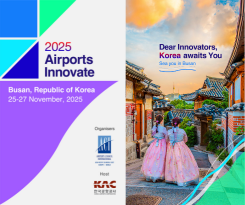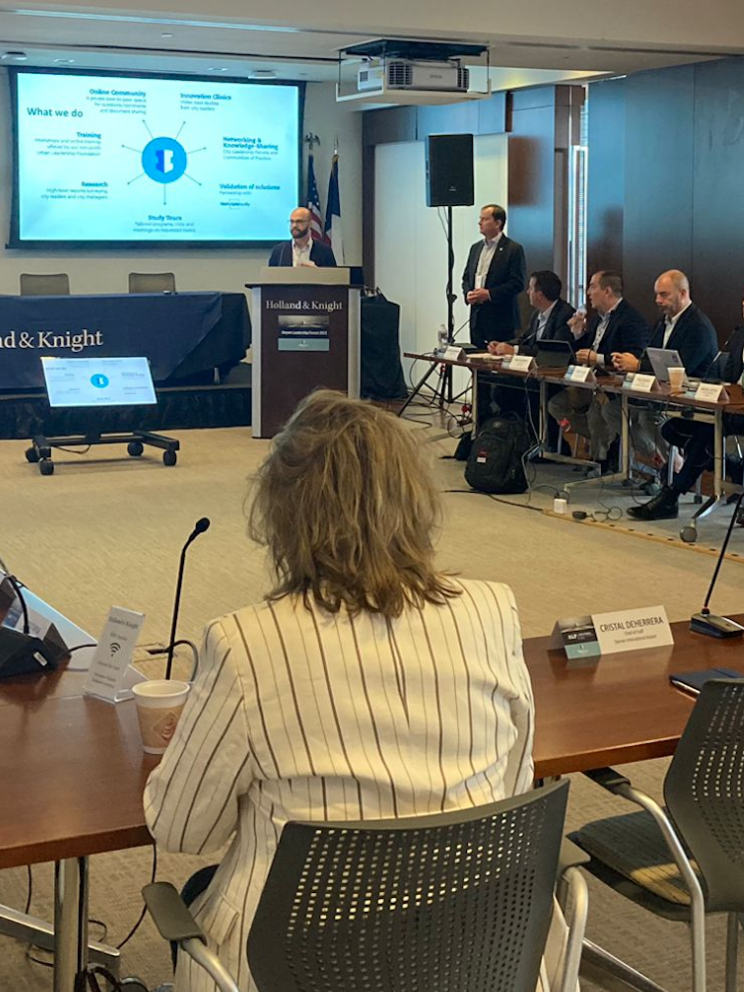
How technology is helping to combat driver shortages
18 June 2025
by William Thorpe
Technology could play a key role in addressing ongoing driver shortages in public transport, according to panellists at the UITP Summit in Hamburg.
Experts said transport agencies must adopt smarter scheduling tools and workforce strategies to retain drivers and close growing staffing gaps caused by retirements, uncompetitive pay, and high turnover.
“Public transport has difficulties securing human resources,” said Andrea Mohr Braun, Head of Corporate Marketing at INIT in Germany. “There is a high turnover of drivers, so you hire somebody, train them, but then you lose them quite quickly and that’s the most expensive thing for companies. And the boomers are leaving and taking a lot of knowledge with them.”
A 2023 American Public Transportation Association (APTA) Workforce Shortage Synthesis Report confirmed that three of the four biggest factors discouraging new workers relate to work schedules and scheduling practices. For example, 46 percent of those surveyed cited poor pay and benefits, 29 percent acknowledged the inflexibility of schedules, and 18 percent mentioned feeling overworked due to long shifts.
The panel discussion focused on a novel approach to scheduling in the transportation industry, inspired by airline practices. It prioritises younger workers and allows crew members to bid on their preferred shifts based on seniority, job history, and long-term preferences in areas such as work hours, free weekends, and specific routes.
“If we adopt this type of approach, we can have a more balanced assignment of vehicles to drivers,” said Leopoldo Girardi, CEO at MAIOR in Italy. “Each driver could express their long-term preferences. For example, one driver might want to start working earlier in the morning, while another might be happy to finish later in order to have the morning free.”
He told delegates that the technology now being employed is straightforward, utilising smartphone apps and machine learning.
One of the key responsibilities of fellow panellist Arjan van Andel, Director of Innovation and Business Corporate at INIT in Germany, is to find solutions and strategies for staff shortages. “We’ve been working with the union representatives and many of our clients in academia such as MIT in Boston to see where we can contribute to making work more attractive for the drivers.”
He highlighted personalised clustering and schedule bidding. “An application has been developed that improves drivers’ chances of getting what they want because the software tells them what they have to give in return. So if they want to have Monday morning off then the application might tell them they have to work on Saturday.
“You have a more interactive process where the technology is supporting you on an individual basis. And this interactive process gives the drivers better understanding and more influence in getting the shifts that they want and to make sure that they fit their personal lives best.”
Image: Drazen / Adobe Stock






